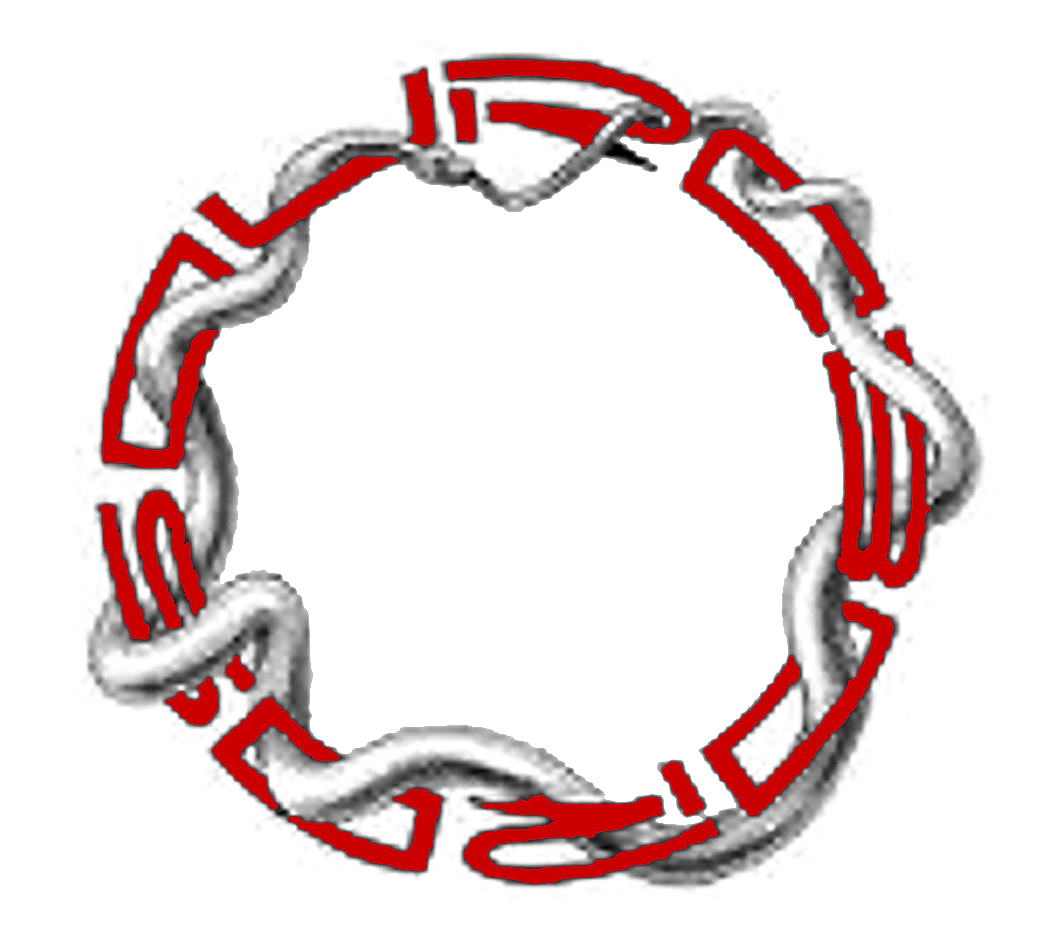accidental guerrillas in our midst
July 10th, 2010Iran, on the other hand, soon proved itself a master of irregular warfare. The furnace of the Revolution burnt away any element of Iranian society which might have weakened the new regime, and allowed it to sharpen Iran’s military into a formidable and deft weapon. In 1983 the Iranian military masterminded the truck-bombing of the U.S. Marine barracks outside Beirut, one of the most devastating surprise attacks in American military history. And then throughout the 1980’s Iranian sponsored terror took lives in Jerusalem, Rome, and countless other Western cities – soon becoming classified by the United States as the world’s most active sponsor of terrorist attacks.
But what is state-sponsored terrorism really?
On a purely analytical level, it’s simply another term for irregular warfare. Whether or not an act of violence breaks the Geneva Conventions shouldn’t be the judge of whether or not it’s considered “terrorism.” Certainly not whether it’s considered an act of Political Terrorism, a phenomenon that has clearly defined boundaries.
Because terrorism, as a means, has such a broad nature you have to categorize terrorist violence within a framework before you make any sort of analysis if it’s going to mean anything at all.
The most potent form of terrorist violence to beset the West in the modern era is Political Terrorism, classically considered to be carried out by insurgent guerrillas and nationalist revolutionaries of all shades and stripes. It’s the outcome of violence used with precise timing and targeting in the right set of social circumstances. Political Terrorism follows a three-step chain-reaction that can only be catalyzed within a society laced with the proper concentration of conflicting social currents.
The first step is Symbolic Terror, dramatic violence, the more enrapturing and menacing the better. This leads to the second step, which will always occur if an act of Symbolic Terror is effective: capturing the media’s attention. With the media enraptured and disseminating the fear created by seemingly indiscriminate violence throughout society, the third and final step of provoking the establishment to commit its own acts of violence begins. The third step’s retribution marks the start of Political Terrorism.
It, in turn, both gives the terrorist group credit and marginalizes the retaliating authorities by pushing them off the moral high-ground that allows them to exercise violent means of coercion.
And it is this third step that is the most important point of the cycle of Political Terrorism. Triggering the ouroboros of vengeance is a political terrorist’s real aim – all of the violence and death would be meaningless if he can’t goad the established authority into striking back.
It is this retribution that validates his ideology and makes others aware of his cause, and which truly weakens the authority.
And in just the last year, a new term has been coined to describe what happens when the cycle of Political Terrorism is triggered within an international context of warfare that allows travel between nations and cultures, and the instantaneous transmission of events from anywhere in the world to everywhere in the world.
Before coining the term “accidental guerrilla,” David Killcullen fought as a member of the Australian military in theatres of war on multiple continents, and served as a counterterrorism adviser to former Secretary of State Condoleezza Rice and General David Petraeus, as well as serving as the chief counterterrorism strategist for the U.S. State Department. The term accidental guerrilla has its origins in the native resistance to the War on Terror that began after 9/11.
As Killcullen traveled to areas where there was ongoing military action against declared “terrorists,” he noticed an odd phenomenon.
Many, in fact most, of the men fighting against American forces didn’t actually ascribe to the violent jihadi ideology that led al-Qaida to perpetrate 9/11. They were just average locals who found outsiders engaged in a shooting war on their turf, and felt compelled to join in. In the words of one Afghani villager who spontaneously joined in with the Taliban in an ambush against American troops, “when the battle was right there in front of them, how could they not join in? …This was the most exciting thing that had happened in their valley in years. It would have shamed them to stand by and wait it out.”1
As outlined in his ground-breaking book The Accidental Guerrilla, the phenomena follows a four step cycle that’s nearly identical to Political Terrorism, and that can be simply understood as Political Terrorism within a specific framework. Kilcullen describes accidental guerrillas as the result of a syndrome, and illustrates it using biological analogies and four stages:
- infecting an area where the State has a waning influence
- reaching a virulent potential for widespread media dissemination by carrying out acts of captivating violence
- drawing in outside intervention to deal with this new virulent threat
- a rejection of the heavyhanded outside intervention by the local population, which wins the infectious agents sympathizers and followers
And so accidental guerrillas are born when they become infected by the virulent influence of al-Qaida or any other radical ideology, and fight back against any outside intervention that follows. Not necessarily because they agree with the radicals, but because they feel compelled to reject what they’ve come to see as an unjust and illegitimate outside power. At most, they make up about 10% of an insurgency at any given time.
Category: Uncategorized | Tags: civil unrest, domestic terrorism, income inequality, innercity violence, racial wealth disparity, terrorism, terrorist attacks, war on drugs Comment »






